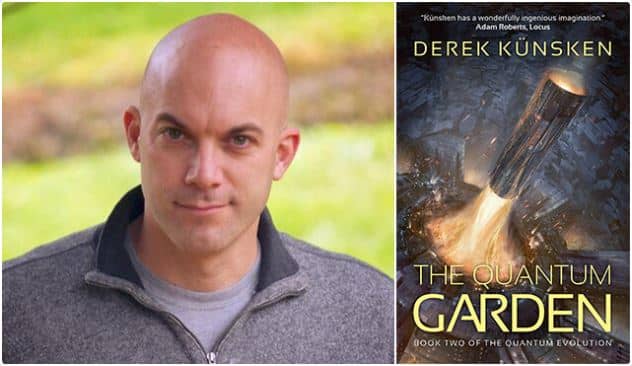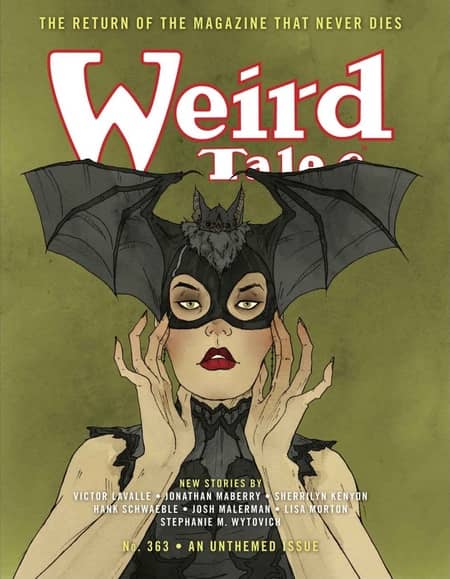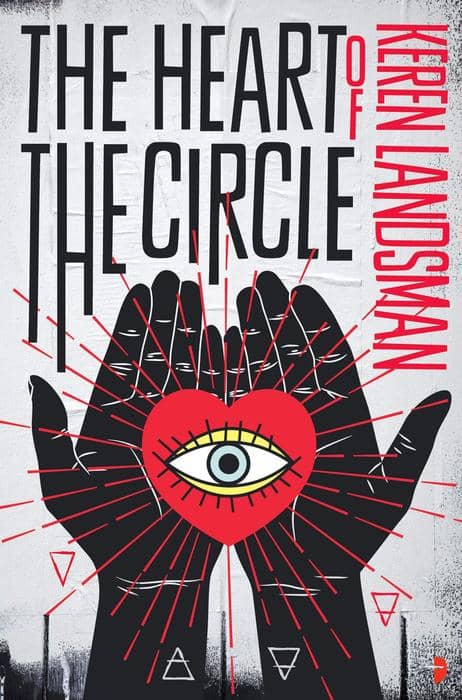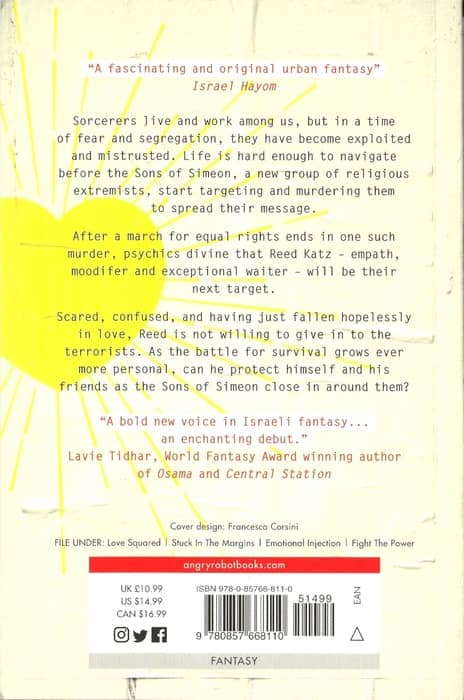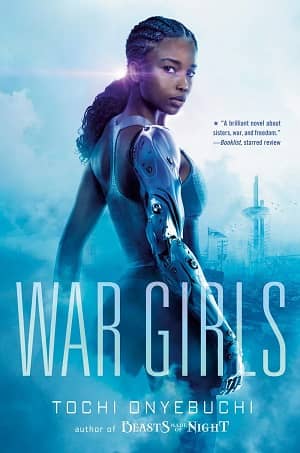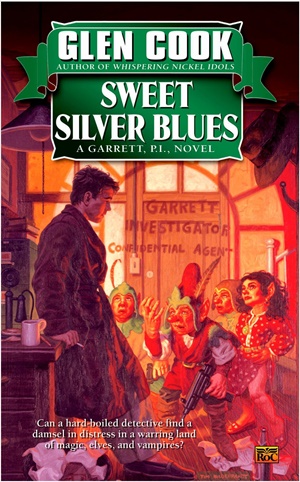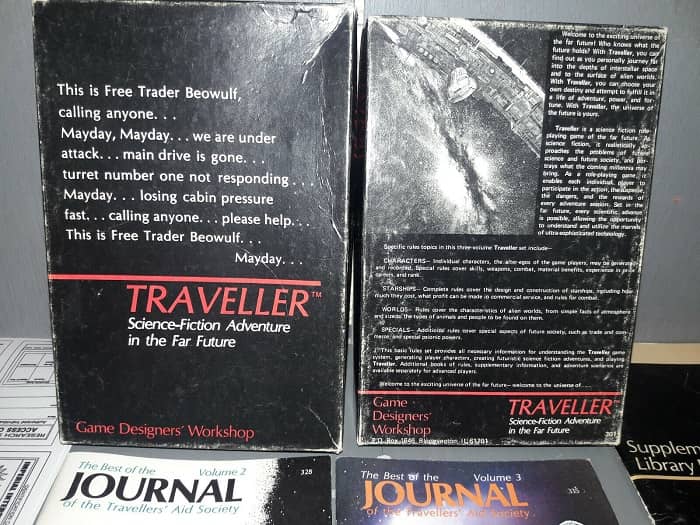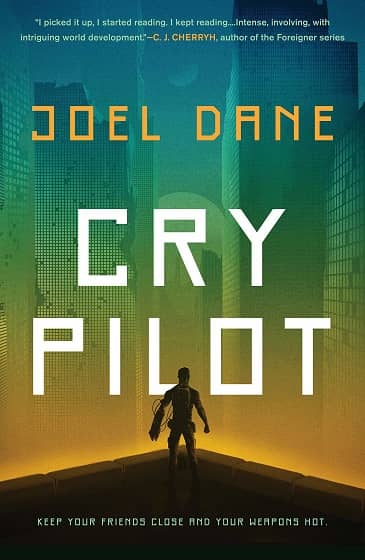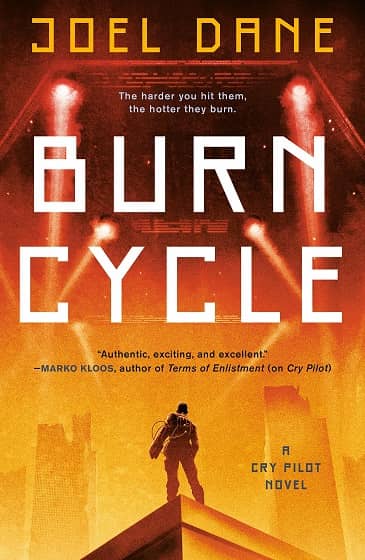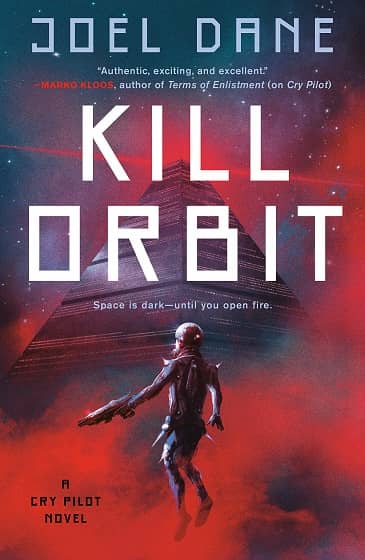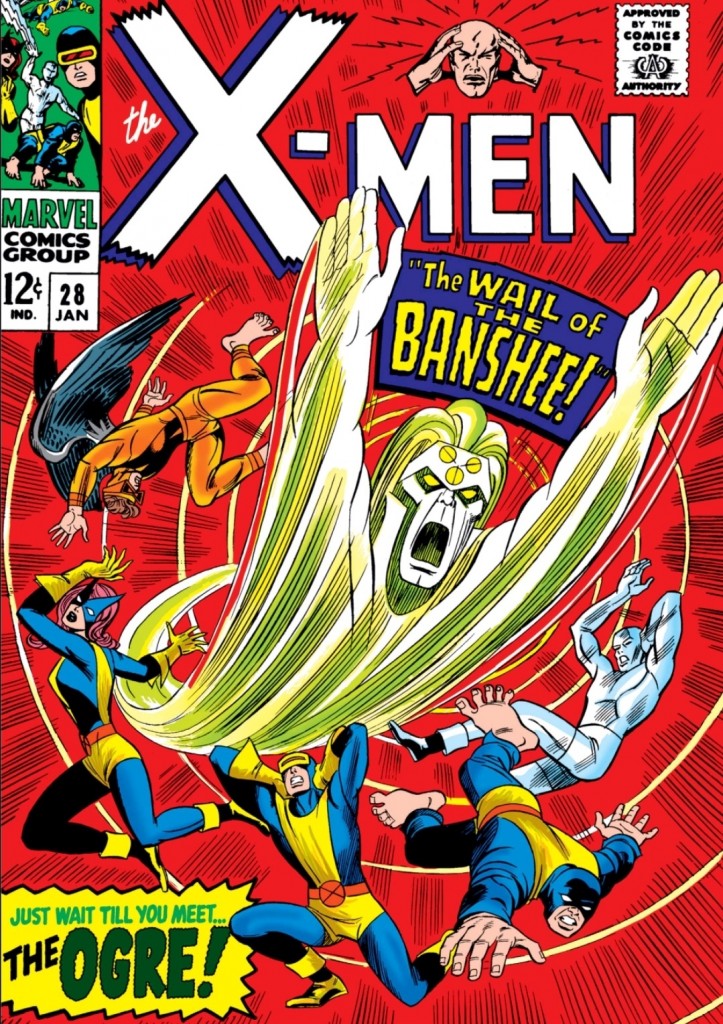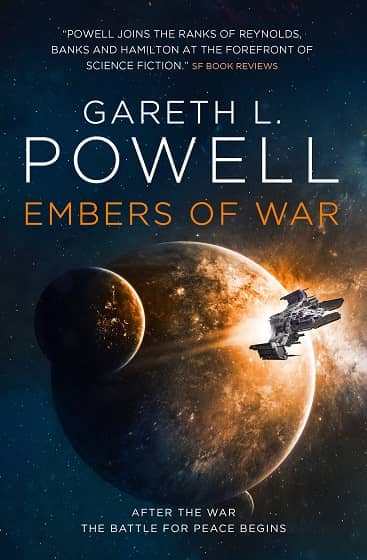Vintage Treasures: Cloven Hooves by Megan Lindholm
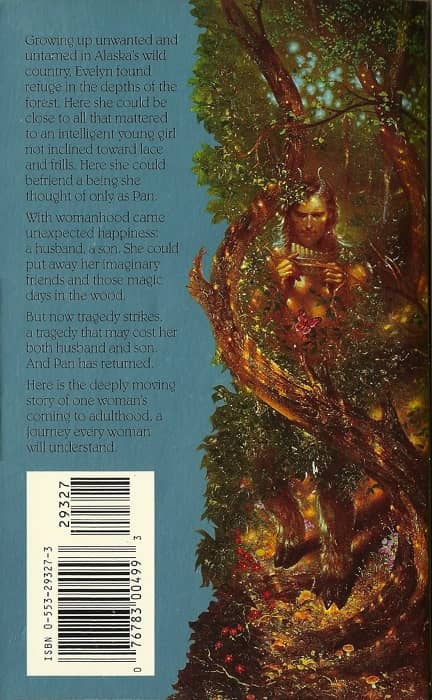 |
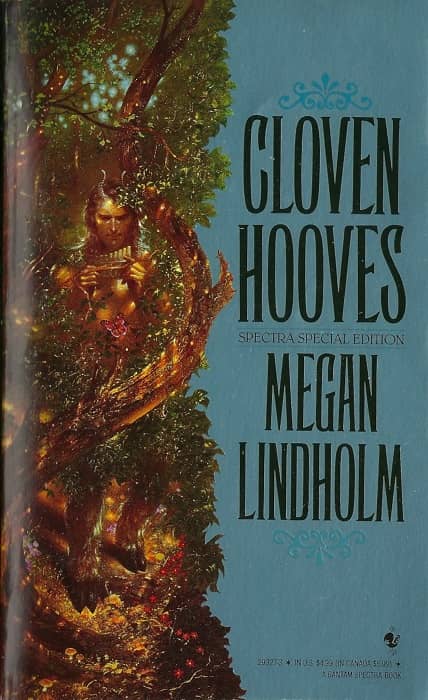 |
Cover by Richard Bober
Before she became an international fantasy superstar with The Farseer trilogy and the Liveship Traders novels, Robin Hobb published nearly a dozen highly-regarded books under the name Megan Lindholm, including Wizard of the Pigeons (1985), the SF novel Alien Earth (1992), and The Ki and Vandien Quartet. In tone and subject they are very different from the Robin Hobb-branded heroic fantasy that made her a bestselling author, but even by that standard Cloven Hooves stands out. It’s the story of a modern woman who leaves her husband to have an affair with a satyr, with a lot of graphic sex.
It’s a very different adult fantasy, and while it made the preliminary Nebula ballot, it vanished almost without a trace. It remained out of print in the US for nearly three decades, until it was reprinted by Harper Voyager as part of their Voyager Classics line this past April. It’s worth seeking out for Hobb fans, or any serious fan of contemporary fey fantasy. Here’s a snippet from Georges T. Dodds SF Site review.
Read a hundred pages into Cloven Hooves and you’d be convinced you were reading a very conventional, if well-written, mainstream novel: an everyday story of a woman, Evelyn, and her odyssey from an unfettered and imaginative childhood in rural Alaska to a crumbling marriage among her husband’s family in Washington State. The remainder of the book, however, chronicles her passionate relationship, mating, and bearing a child to a woodland satyr. Certainly, as with her urban fantasy Wizard of the Pigeons, mainstream readers said, “what’s with the fantasy element?” While fantasy readers said, “what’s with the 100 pages of character development and the mythology that’s as old as the hills?” Ultimately the poor sales of her novels under the name Megan Lindholm, by her own admission, led her to recast herself as Robin Hobb…
